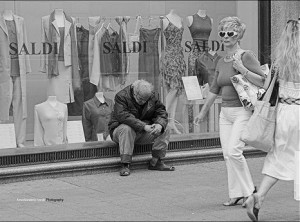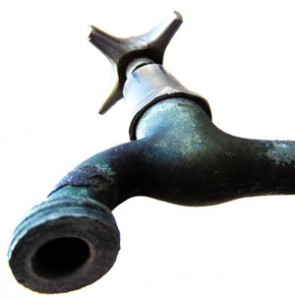 The subtitle of Paul Greenberg’s wonderful book, Four Fish
The subtitle of Paul Greenberg’s wonderful book, Four Fish, is “The Future of the Last Wild Food.” In discussing the history and future of salmon, tuna, bass, and cod, the author also remarks on other wild foods our ancestors used to eat.
How did early humans choose the animals they were going to tame and eat? An examination of middens [a collection of waste products – like a garbage dump — that provides archaeologists with clues to everyday life] at Neolithic European dwellings reveals that humans used to eat from a fairly wide buffet of wild game. In varying amounts, the meats they consumed consisted of red deer, boar, cow, roe deer, horse, goat, antelope, elk, chamois, bison, reindeer, fox, badger, cat, marten, bear, wolf, dog, otter, lynx, weasel, mouse, rat, rabbit, beaver, and marmot.
That’s quite a variety.
This diet didn’t last, however. “By the time of Christ, we were down to four basic kinds of mammals in our fire pits: sheep, goats, pigs, and cattle.”
Greenberg goes on to list the variety of birds humans once consumed.
When it came to birds, there was a similarly broad choice available. Pigeon, snipe, woodcock, pheasant, grouse, dozens of different ducks, grebe, various wading birds, and many more.
What birds do we eat today? Chickens, turkeys, ducks, and geese. Read more















